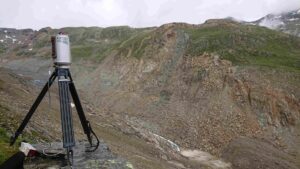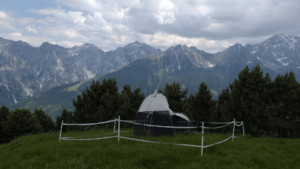Abstract/Description
Mass movements of glacial and periglacial origin intensify with the climate crisis. Consequently, attempts are being made to inventory these events by hazard type or region. The scientific literature increasingly focuses on understanding causes, failure mechanisms, and propagation of recent and past events. Less attention is given to understanding and analysing risk management, which is the protection/prevention link between hazards and society.
We have therefore created an Alpine database of ice avalanches, GLOFs, debris flows, rock falls and rock avalanches that have threatened valleys in the last centuries. The selected events are those that required advanced scientific research and/or risk management in order to better understand glacial and periglacial processes. Our research aims to contextualize the events temporally, as they occur at given time and climate, and spatially, the high Alpine regions being distributed over different countries. We have also adopted a social approach since the events exist as elements perceived and interpreted by societies. Since a phenomenon becomes an event if society considers it to be a risk, we can ask ourselves how it is considered by society.
Through a geochronology derived from the database (c. 200 events selected in more than 120 watersheds), we try to understand how glacial and periglacial hazards are perceived and considered from the risk management perspective. Over the past 20 years, this management at national and international levels has intensified, moving from a local approach to a wider, organized, and multi-disciplinary approach.


